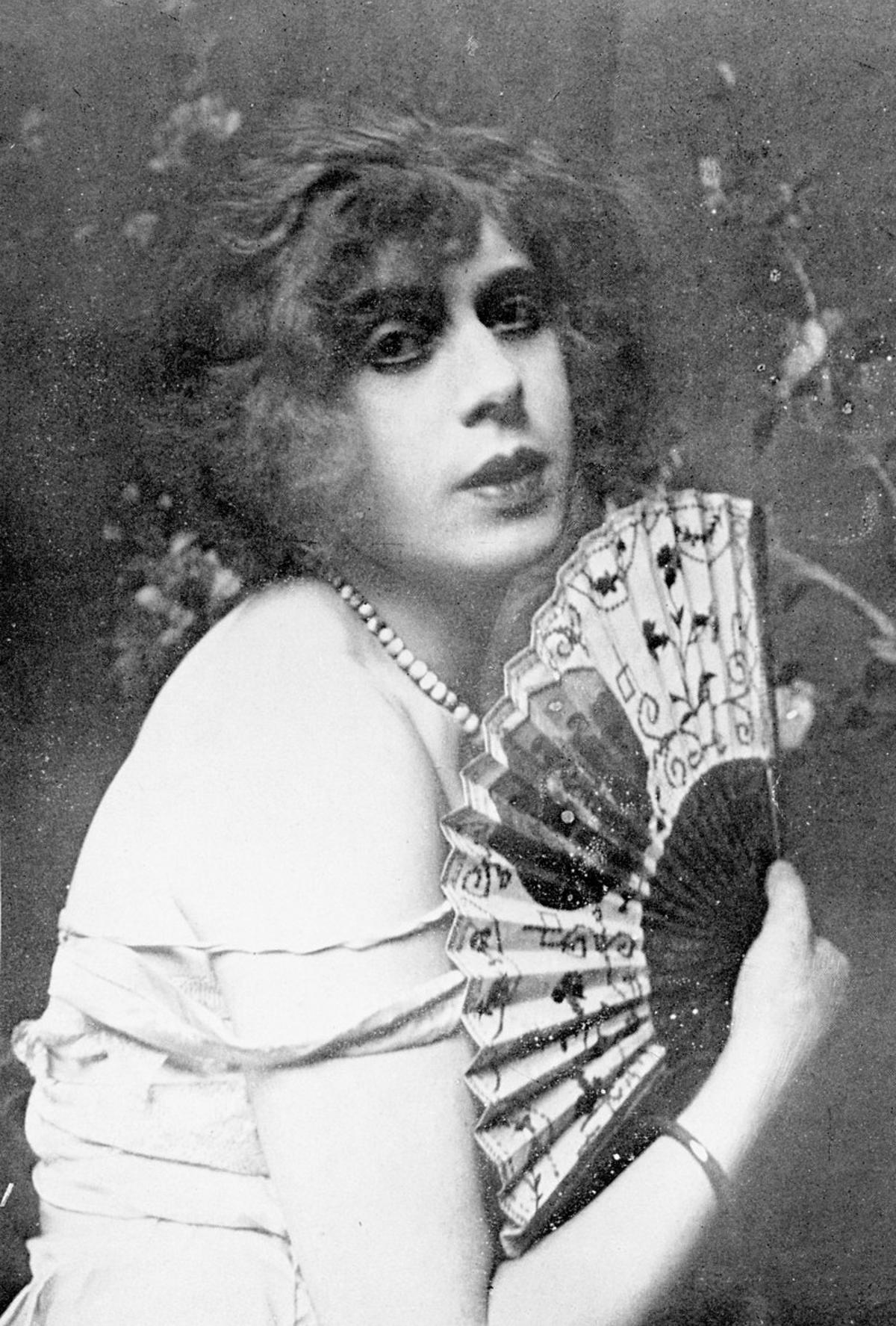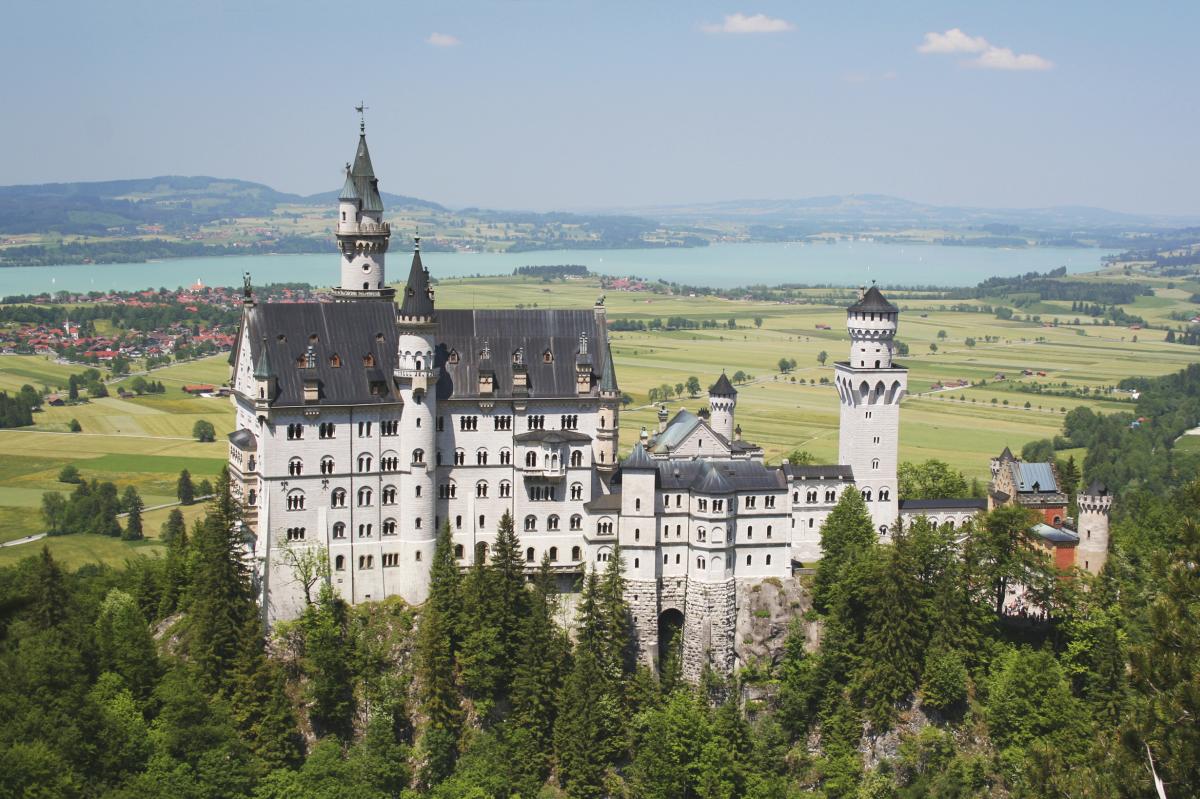People today generally think that the LGBTQ+ rights movement took off with the Stonewall riots in 1969—or with one of the US protests that preceded them in the 1960s. Actually, the first public protest against the criminalization of homosexuality didn’t take place in the United States, but in Germany, in Munich—and over a hundred years earlier, in 1867, when a lawyer and writer called Karl Heinrich Ulrichs made a speech to a conference of German jurists, which included perhaps the first modern coming out as well. The word ‘homosexuality’ was also used for the first time in German in the 1860s, in a letter to Ulrichs. The first LGBTQ+ rights organization was founded in 1897 by another great figure, Dr Magnus Hirschfeld, who was known in the United States at the time as “the Einstein of sex” and among many other things appears in the first explicitly LGBTQ+ movie, Anders als die Andern (Different from the Others), which was made in Berlin in 1919. Hirschfeld founded the world’s first center of LGBTQ+ studies in Berlin and was very interested in gender dysphoria (which he, like most other early theorists, failed separate from sexual identity). The first gender confirmation surgery took place in Germany in 1930, on a Danish artist known as Lily Elbe (or as The Danish Girl in the movie about her).

Lily Elbe Image Credit: Creative Commons
All this led to or was part of a great flowering of LGBTQ+ artistic and social life, which culminated in Berlin in the Roaring ‘20s, when the city had hundreds of gay and lesbian bars, magazines etc. And LGBTQ+ people from all around the world were drawn to Berlin, just as straight people looking for a freer sex life were drawn to Paris. The most famous of these is the British (later American) writer Christopher Isherwood, who wrote the Berlin Stories on which the musical and movie Cabaret were based.
Of course, all of this went to hell when the Nazis took over. In fact, one of the government’s first moves was to foment huge book burnings, the largest of which included the library of Hirschfeld’s institute. Hirschfeld had been campaigning to overturn Germany’s sodomy law, Paragraph 175 of the law code, and even came close to succeeding, but when the Nazis came to power, they made it more severe instead and imprisoned more than 100,000 gay men in their concentration camps, where they were identified by a pink triangle—and most of them died. Some lesbians were also persecuted, but they were not covered by Paragraph 175, and this was less systematic.
Even in this terrible period, there were some uplifting stories of LGBTQ+ people participating in or leading the resistance. Probably the most famous resistance group in Nazi Germany is the White Rose student group in Munich. It isn’t widely known, but its founder, the (movie-star handsome) Hans Scholl was gay. And there were several other similar cases, including one that I am developing a movie about—a somewhat gender-queer gay Jewish teenager named Gad Beck, who ended up leading the largest resistance group in Berlin, saving dozens of hidden Jews in the city.

Image Credit: Creative Commons
There is a lot of other fascinating LGBTQ+ history and art in Germany. And you can see many places and artworks connected to it when you visit. Berlin has a great Schwules Museum (gay museum) and a Monument to Homosexuals Persecuted under National Socialism. Other relevant things to see in the city include the Marlene Dietrich collection at the Film and Television Museum and a number of landmarks in the main gayborhood (now and in the Weimar period), Schöneberg, where you can see the apartment building where Isherwood lived while he wrote the Berlin Stories, and around the corner, a supermarket where the biggest gay bar of the 1920s, the El Dorado was, and they have photos of the El Dorado on the walls. In Munich, you can go to the Deutsche Eiche, the bathhouse, bar, restaurant, and hotel where Freddy Mercury debauched himself in the 1970s. Outside of Munich you can take a short trip to see the original Nazi concentration camp at Dachau, where there is a lot of information about gay prisoners, one of whom modeled for the Statue of the Unknown Prisoner.

For a more fun excursion in the Munich area, go see some of the palaces built by King Ludwig II of Bavaria, generally known as “Mad Ludwig”—though perhaps “Screaming Queen Ludwig” would be equally appropriate. There are several palaces, but the most famous is Neuschwanstein, a Wagnerian fantasy in the Alpine foothills. My advice: read some of Ludwig’s crush letters to Wagner, of which you can find several in Rictor Norton’s My Dear Boy: Gay Love Letters Through the Centuries. Then you can decide for yourself how far Ludwig’s Wagnerian fantasies went.
Featured Image Credit: Queer Travel